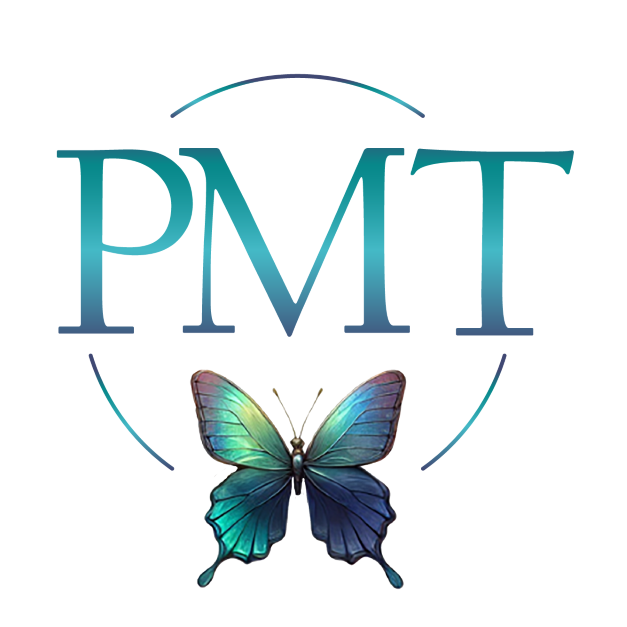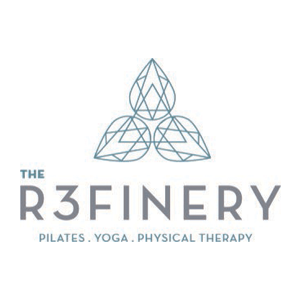Mind Body Memory, Healing Trauma
You have acknowledged that your ongoing suffering is due to lingering physical or emotional trauma. Now what?
Treating trauma starts with understanding trauma and the role it plays in your day to day life. Together with an experienced therapist, you will work to become clear on the traumatic event by making sense of thoughts, emotions, and bodily sensations. Establishing safety and trust with a healing professional is paramount as you revisit and make sense of painful experiences. Your healing professional will, in some ways, take on the same role that early caregivers did by teaching trust and bodily regulation.
As infants we were fed when hungry, changed when wet, soothed when distressed, and engaged when seeking connection. All of these actions set the stage for learning to regulate our internal state. As we got older we became better able to regulate our physical and emotional states independently. Ever hear “slow down and take some deep breaths” or “picture the crowd in their underwear”? That’s bodily regulation!
During a traumatic event such as an injury or exposure to verbal abuse, the body becomes dysregulated. In other words, the body shifts from it’s normal state of functioning into what’s known as fight-or-flight mode. In this state of heightened arousal the heart rate increases, breathing becomes rapid, and clear thinking diminishes. The body and brain become alarmed to the fact that there is danger. This heightened state, paired with the memory of the event (including physical sensations), become stored in the mind, body, and memory.
Because trauma is a pairing of physical and emotional pain, simply talking about the experience is not enough. In order to heal from memories stored in your mind, body, and memory, you must connect to the experience in the body while processing the events of the mind.
Activities that cultivate the connection between the mind and the body, such as yoga, Pilates, or meditation, create a strong foundation for experiential healing through movement. Physical therapy, craniosacral therapy, energy work, and Myofascial Release Therapy (MFT), also help to propel the healing process as they work to release and uncover stored trauma. Alix Terpos, Physical Therapist, specializing in MFT, often finds that clients come in for a physical ailment and end up uncovering some buried emotional trauma. In my practice, I often come across clients whose depression, anxiety, or trauma, is paired with physical pain.
Next time you have an ache or a pain, listen with your heart. What is your body trying to tell you that your mind may have forgotten? What happens to the emotional pain you brush off or stuff down? As you continue on your path of self-evolution and healing, think about how you can honor all the parts of yourself. Think about how you can facilitate a conversation of healing between the mind, body, and memory.
The post Mind Body Memory, Healing Trauma appeared first on Presence Of Mind Therapy.
Presence of Mind Therapy Blog






















Share On: